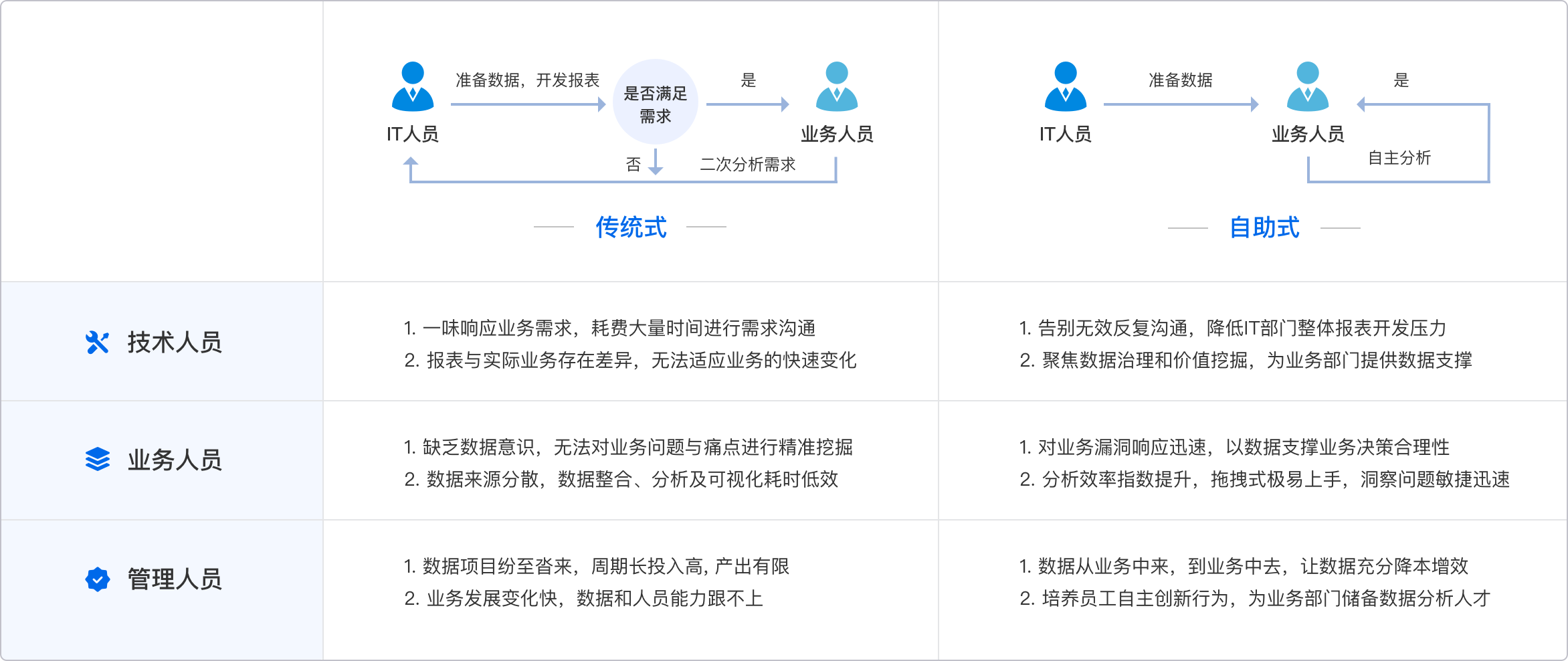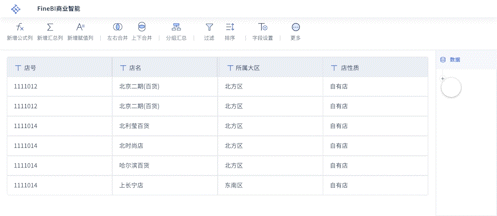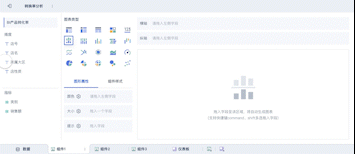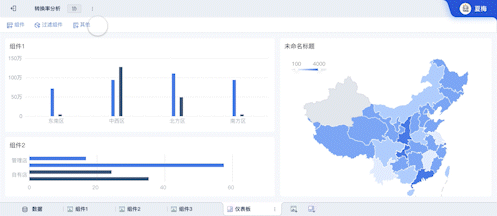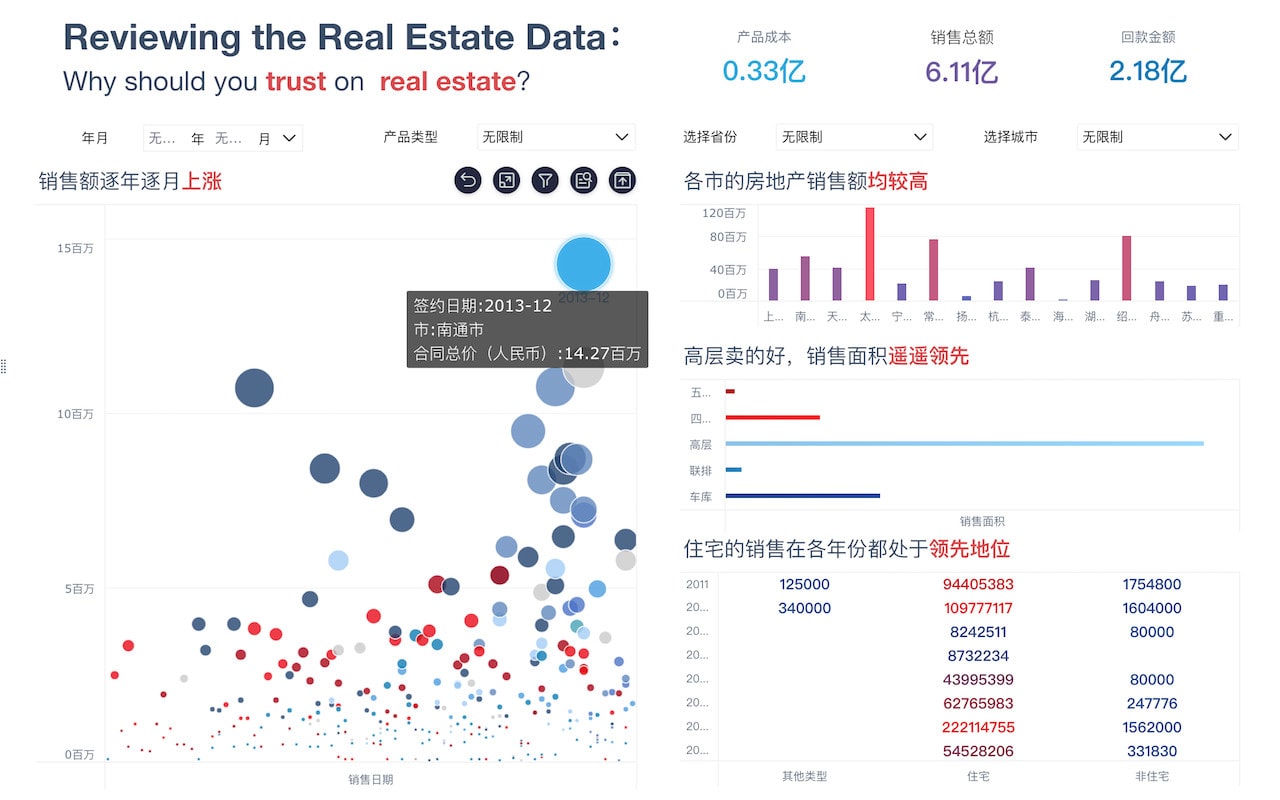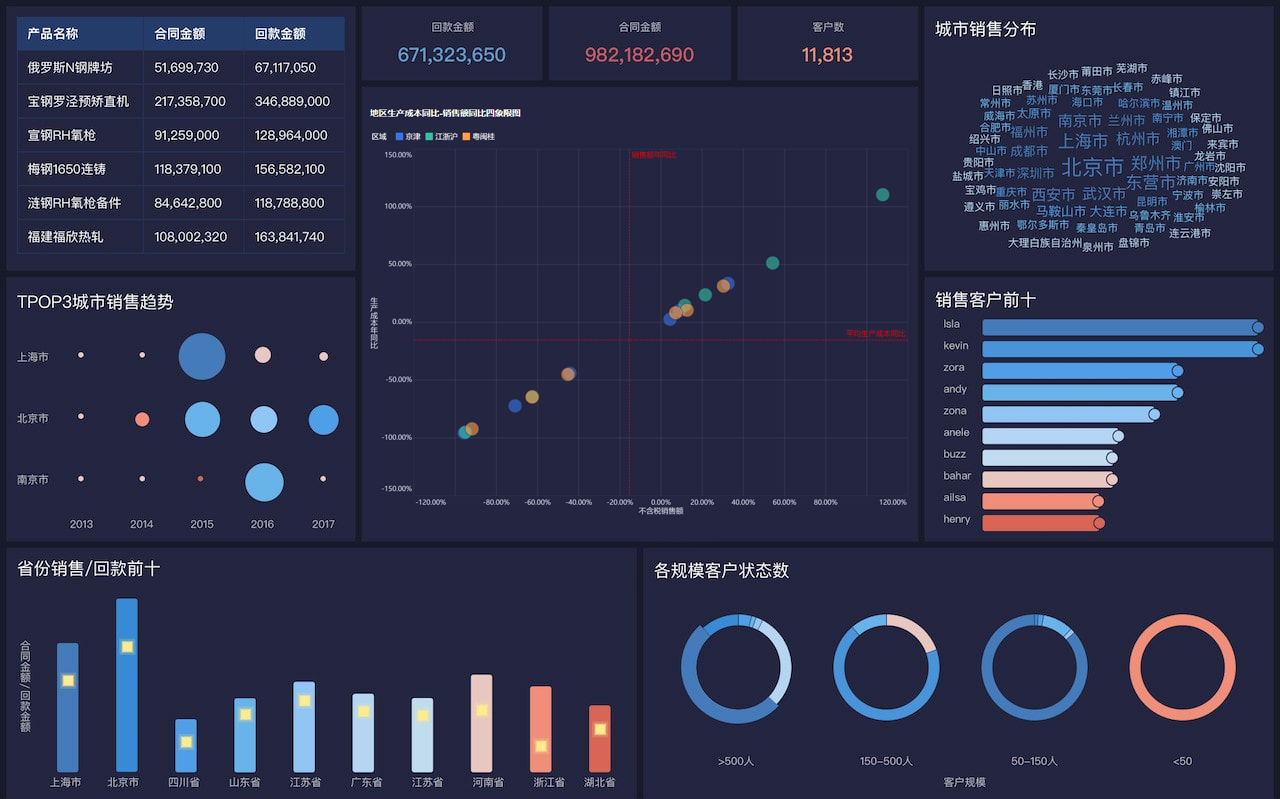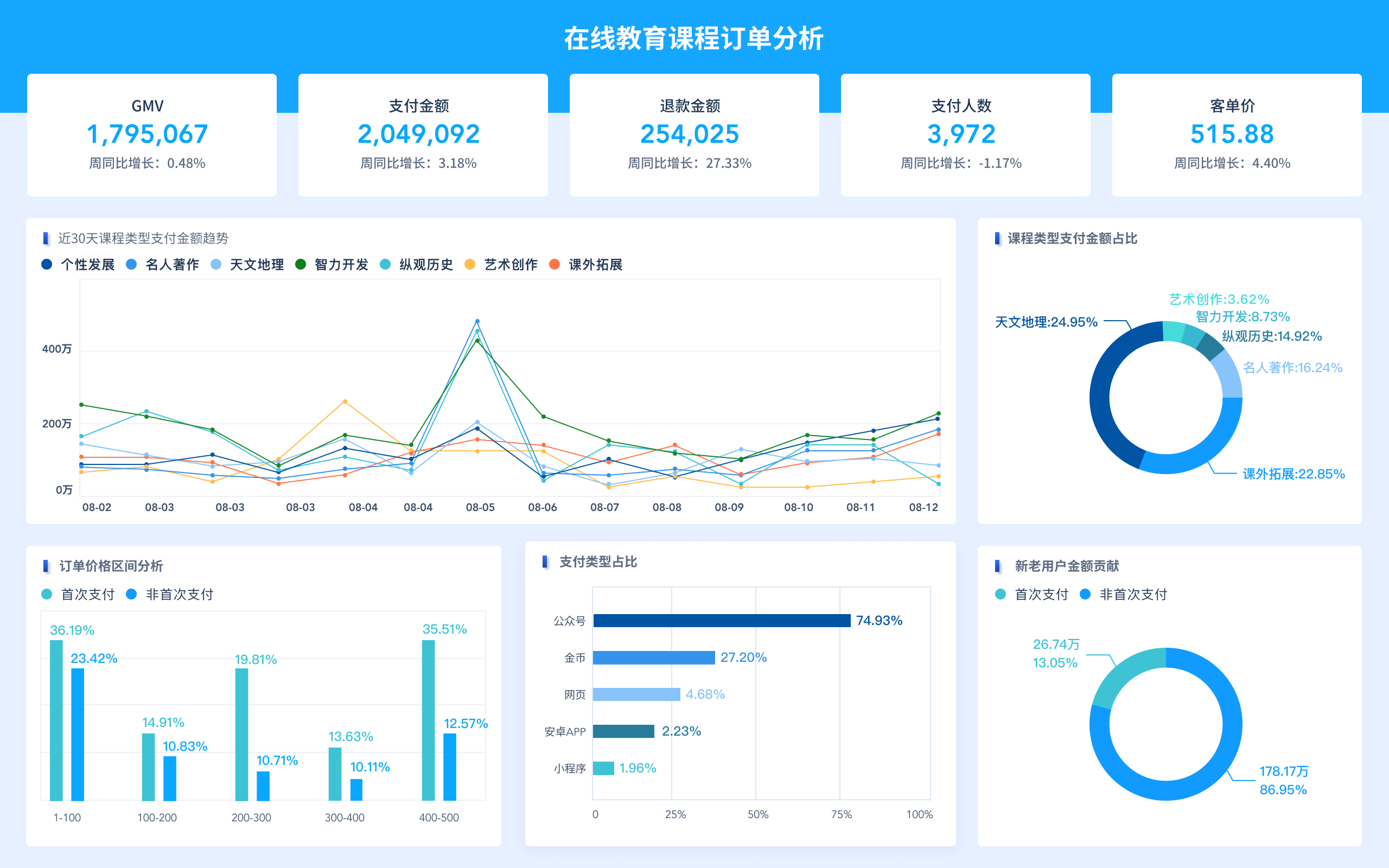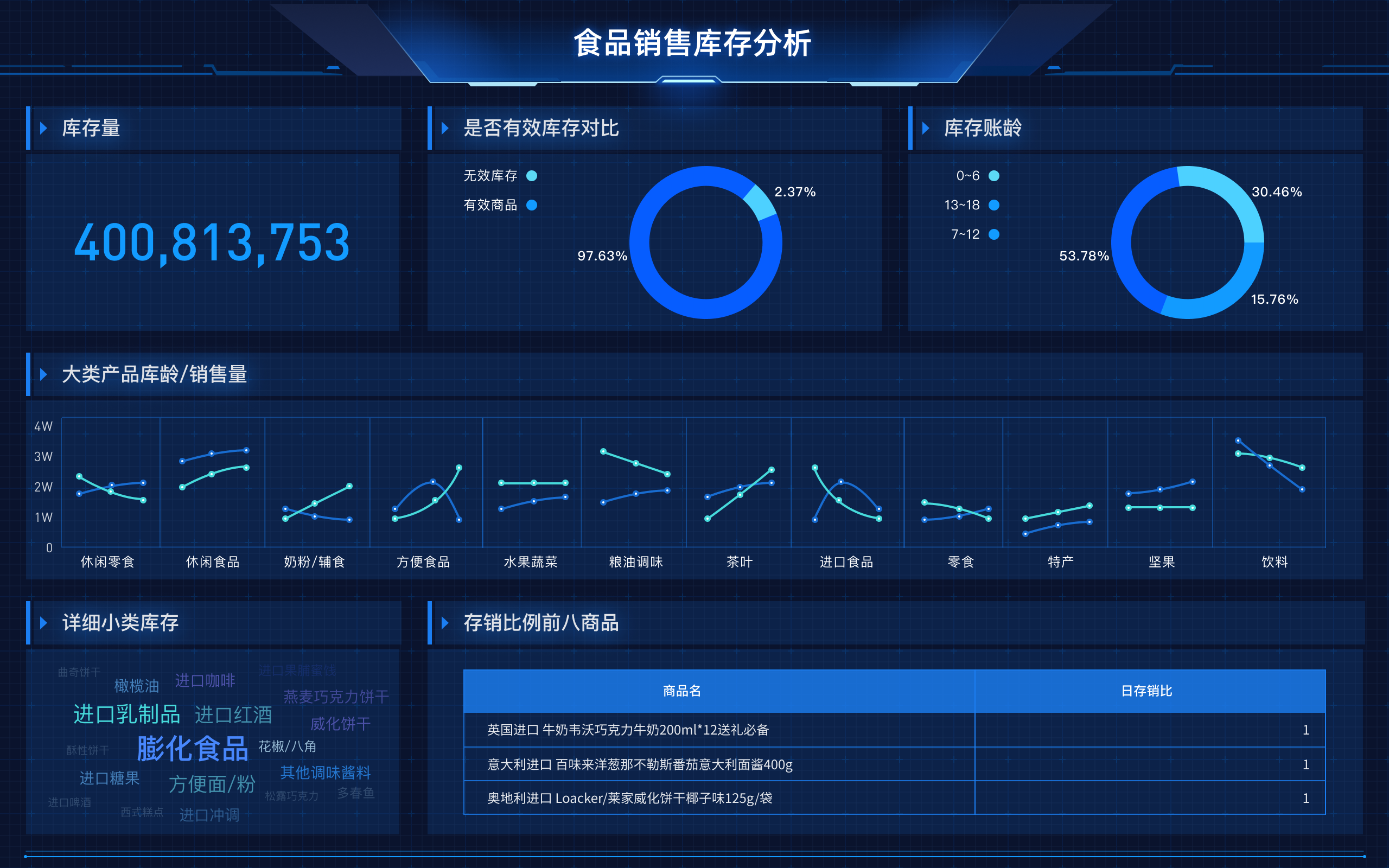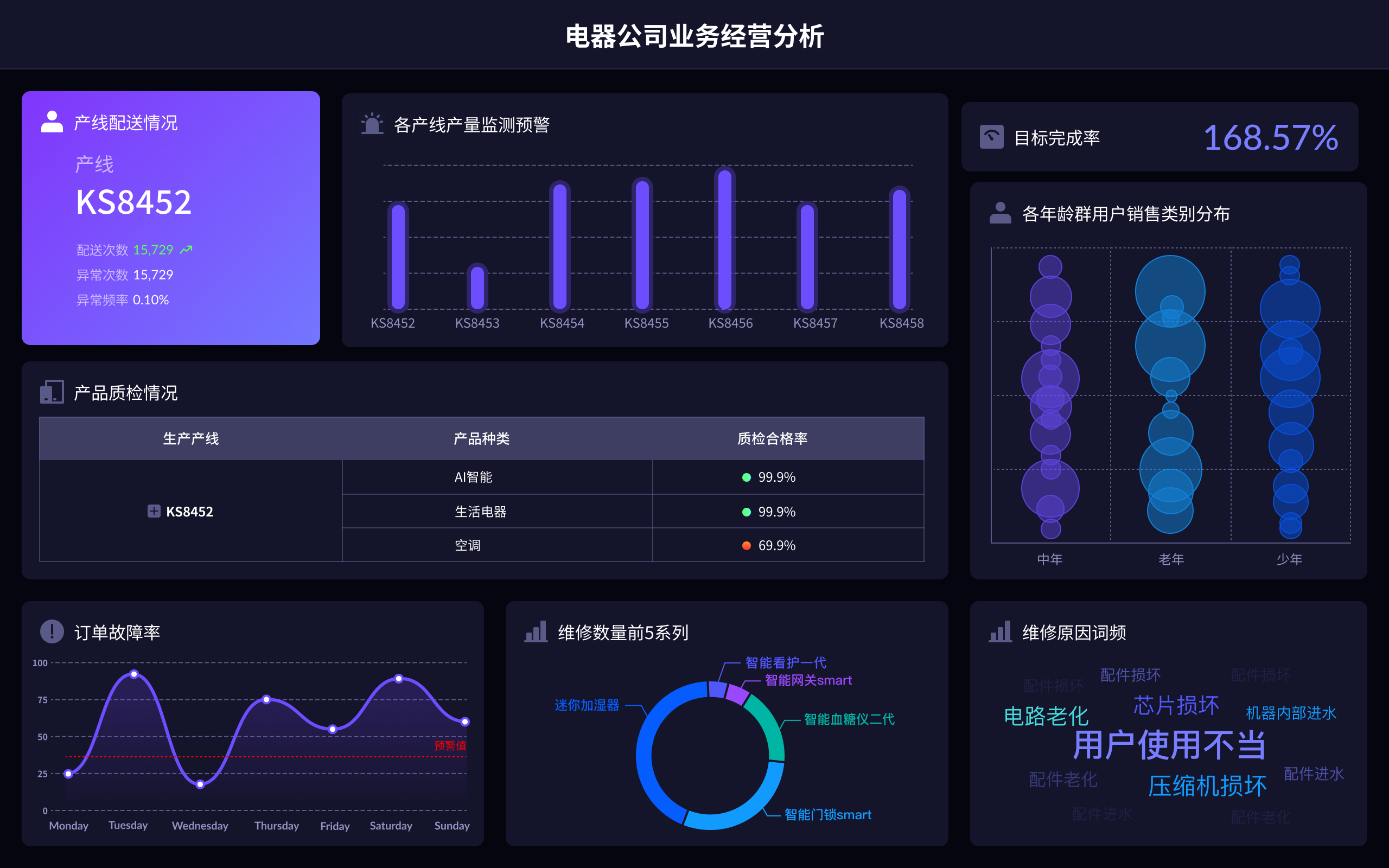
大数据分析的提纲
Big Data Analysis Outline
I. INTRODUCTION
– Definition of Big Data
– Importance of Big Data in modern business
– Objectives of Big Data Analysis
II. CHARACTERISTICS OF BIG DATA
– Volume
– Velocity
– Variety
– Veracity
– Value
III. BIG DATA TECHNOLOGIES
– Hadoop
– Spark
– NoSQL databases
– Data Warehousing Solutions
IV. DATA COLLECTION
– Sources of Big Data
– Data Acquisition Methods
– Data Storage Solutions
V. DATA PROCESSING
– Data Cleaning and Preprocessing
– Data Integration
– Data Transformation
VI. DATA ANALYSIS TECHNIQUES
– Descriptive Analysis
– Predictive Analysis
– Prescriptive Analysis
– Real-time Analysis
VII. TOOLS FOR BIG DATA ANALYSIS
– FineBI
– Tableau
– Power BI
– SAS
– R and Python
VIII. APPLICATIONS OF BIG DATA ANALYSIS
– Healthcare
– Finance
– Marketing
– Supply Chain Management
– Government
IX. CHALLENGES IN BIG DATA ANALYSIS
– Data Privacy and Security
– Data Quality
– Skilled Professionals
– Integration with Existing Systems
X. FUTURE TRENDS IN BIG DATA ANALYSIS
– Artificial Intelligence and Machine Learning
– Internet of Things (IoT)
– Edge Computing
– Advanced Data Analytics
XI. CONCLUSION
– Summary of Key Points
– The Future of Big Data Analysis
– Importance of Staying Updated with Emerging Trends
This outline provides a comprehensive structure for discussing Big Data Analysis, covering essential aspects such as characteristics, technologies, data processing, and future trends.
相关问答FAQs:
1. How to Write an Outline for Big Data Analysis?
Writing an outline for big data analysis is crucial to ensure that the process is organized and efficient. Here are some key steps to follow when creating an outline for big data analysis:
-
Identify the Research Objective: Begin by clearly defining the research objective or question that you want to answer through the analysis. This will help guide the rest of the outline and ensure that the analysis stays focused.
-
Gather and Prepare Data: The next step is to gather the relevant data needed for the analysis. This may involve collecting data from various sources, cleaning and organizing the data, and ensuring its quality and integrity.
-
Choose the Right Analytical Tools: Depending on the nature of the data and the research question, select the appropriate analytical tools and techniques for the analysis. This could include statistical methods, machine learning algorithms, data visualization tools, etc.
-
Create a Data Analysis Plan: Outline the steps involved in the data analysis process, including data pre-processing, exploratory data analysis, modeling, evaluation, and interpretation of results. This will help ensure that the analysis is carried out in a systematic manner.
-
Develop a Timeline: It is essential to create a timeline for the data analysis process, including deadlines for each stage of the analysis. This will help you stay on track and manage your time effectively.
-
Review and Revise: Finally, review the outline to ensure that it aligns with the research objective and makes logical sense. Make any necessary revisions to the outline before proceeding with the data analysis.
By following these steps, you can create a well-structured outline for big data analysis that will guide you through the process and help you achieve meaningful insights from your data.
2. What Should Be Included in a Big Data Analysis Outline?
A well-structured outline for big data analysis should include the following key components:
-
Introduction: Provide an overview of the research objective and the significance of the analysis. Clearly state the research question that you aim to answer through the analysis.
-
Data Collection and Preparation: Outline the process of collecting, cleaning, and preparing the data for analysis. Specify the sources of data, data formats, and any data preprocessing steps that need to be performed.
-
Analytical Methods: Describe the analytical tools and techniques that will be used in the analysis. This could include statistical methods, machine learning algorithms, data visualization techniques, etc.
-
Data Analysis Plan: Detail the steps involved in the data analysis process, including data exploration, modeling, evaluation, and interpretation of results. Provide a clear roadmap of how the analysis will be carried out.
-
Timeline and Milestones: Create a timeline for the data analysis process, including deadlines for each stage of the analysis. This will help you stay organized and on track throughout the analysis.
-
Conclusion: Summarize the key findings and insights obtained from the analysis. Discuss the implications of the results and any recommendations for future research or action.
By including these components in your big data analysis outline, you can ensure that the analysis is well-organized, focused, and ultimately leads to meaningful insights and conclusions.
3. How to Structure a Big Data Analysis Outline for a Research Paper?
Structuring a big data analysis outline for a research paper requires careful planning and organization to ensure that the analysis is conducted effectively. Here is a suggested outline structure for a big data analysis research paper:
-
Title: Provide a concise and descriptive title that summarizes the main focus of the research paper.
-
Abstract: Write a brief summary of the research paper, including the research objective, methods used, key findings, and conclusions.
-
Introduction: Introduce the research topic, provide background information, and clearly state the research question or objective.
-
Literature Review: Review existing literature and research relevant to the topic of analysis. Discuss how your research contributes to the existing body of knowledge.
-
Methodology: Describe the data sources, data collection methods, and analytical techniques used in the analysis. Explain why these methods were chosen and how they address the research question.
-
Results: Present the findings of the analysis, including any statistical results, data visualizations, and key insights obtained.
-
Discussion: Interpret the results of the analysis, discuss their implications, and relate them back to the research question. Compare your findings with existing literature and theories.
-
Conclusion: Summarize the key findings of the analysis, restate the research objective, and discuss the implications of the results. Suggest areas for future research or practical applications.
By following this structure, you can create a well-organized and comprehensive big data analysis outline for a research paper that effectively communicates your research findings and insights to your audience.
本文内容通过AI工具匹配关键字智能整合而成,仅供参考,帆软不对内容的真实、准确或完整作任何形式的承诺。具体产品功能请以帆软官方帮助文档为准,或联系您的对接销售进行咨询。如有其他问题,您可以通过联系blog@fanruan.com进行反馈,帆软收到您的反馈后将及时答复和处理。


